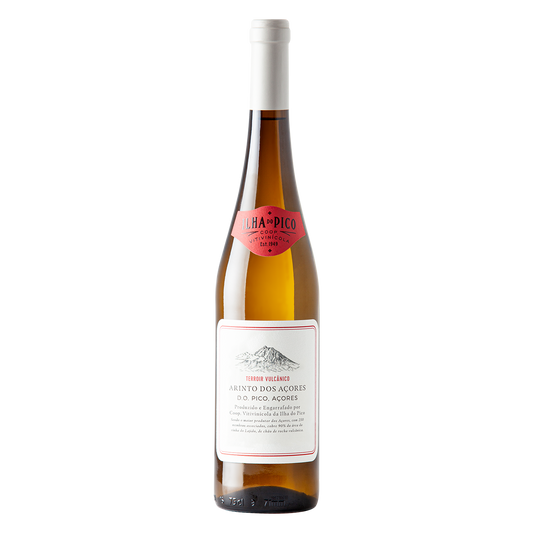In recent years, one realized that the in the middle of the Atlantic Ocean, halfway between Portugal and the American continent, a world was emerging, showing a glass to the connoisseurs and many tourists visiting the Azores, a set of spectacular wines, especially whites, prepared amid a combination of unique conditions, conditions already recognized as World Heritage by UNESCO since 2004.
Among a small group of producers, who did everything to extract Azorean wines from a static lethargy suspended in time, there was the oldest producer on the island of Pico and the largest producer of wine in the Azores. Nothing more than the Adega Cooperativa do Pico that emerged in the middle of the 20th century (1949), at a time of natural difficulties, managed to remain in operation, continuously, supported by a large number of producers, mostly owners of precious land, of minuscule size (average area per vineyard holding around 0.3 ha).
It also excelled in the effort to try to recover and preserve the noble grape varieties and the culture of the vine in the traditional corrals. Even today, it remains the largest wine producer in the Azores, with around 250 members. Created 45 years before the decree that approved the Statute of Viticultural Areas for the Autonomous Region of the Azores, in 1994, and before the current notoriety, the wines of the Azores that were in the memory of those who visited the Azores and drank the local nectars, were almost all Adega Cooperativa do Pico. Case of Terras de Lava, white and red, for a long time the most prestigious and top-of-the-range white wine called Frei Gigante, as well as Lajido, the first liqueur wine on Pico Island, launched in late 1997, in the image of famous liqueur wines produced in Pico, made from Verdelho, and present in the most exquisite cuts of the 18th and 19th centuries. From the original drier version, reminiscent of some Sherry wines, dry and salted, today there is a medium-dry (a little sweeter), and recently launched a 10-year-old Liqueur, which combines wines from several harvests in batch.
The winery was always well equipped, target of investments, and even some innovation, in the most recent phase, as it pressed the accelerator and shot towards the most refined quality of its products, rehearsing and creating new wines. It is positioned even at the best level of qualitative “competition” that exists today in the archipelago.
In this context, the arrival at Adega Cooperativa do Pico, of one of the most competent and talented winemakers in the country, is not unknown. Bernardo Cabral, also seduced by the potential, the differentiation of the grape varieties and the unique surroundings of Pico. Almost overnight, the wines from Adega do Pico and its brands appeared rejuvenated in image and quality. New reds, and especially prodigious white wines, with the incredible raw material that the partners proudly make available to them. Clever and strategic the launching by the cellar of a line of white, monocast wines, made with the three most identifiable grape varieties of the Azores, under the motto Terroir Volcanic, the Arinto dos Açores, which has nothing to do with the Arinto of the continent, the traditional and unique Verdelho and the very rare Terrantês do Pico, positioned above the emblematic and valuable Frei Gigante, which includes a lot of three houses. Wines of enormous structure, exquisite freshness and outstanding salinity. The reds, a category of less brilliant wines, because the climate and conditions are not the most favorable for them. A challenge of hardship already being faced by Bernardo and his team. The new reds already show clear signs of improvement. The image is contemporary, very appealing. As innovation and creativity do not stop, a new project, the first sparkling wine from the cooperative cellar, the Sparkling CVIP Projectos 2016 Brut Nature, comes to life, made from the Terrantês do Pico grape, a three-year internship with free yeasts, which already had the honor of being at the table of the President of Portugal on the New year’s Eve from 2019 to 2020.
From the ongoing revolution in Azorean wines, Adega Cooperativa do Pico, is one of the producers to always have under the oenophile eye.





